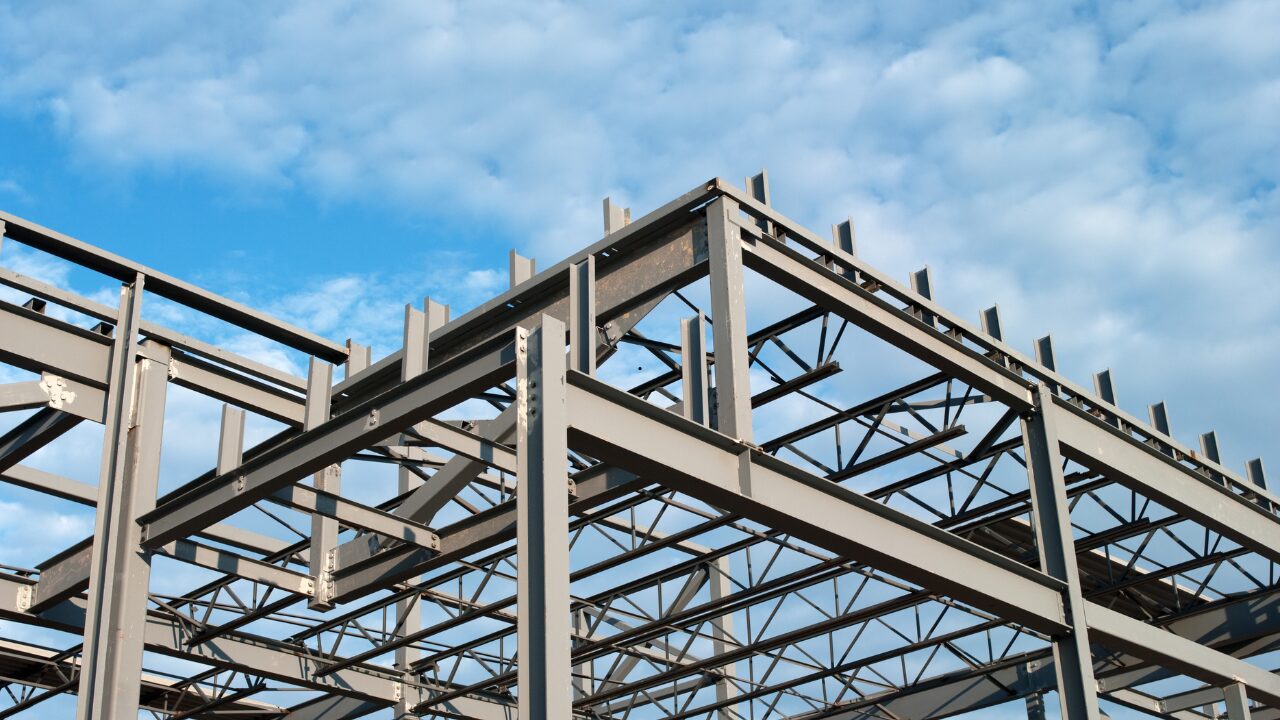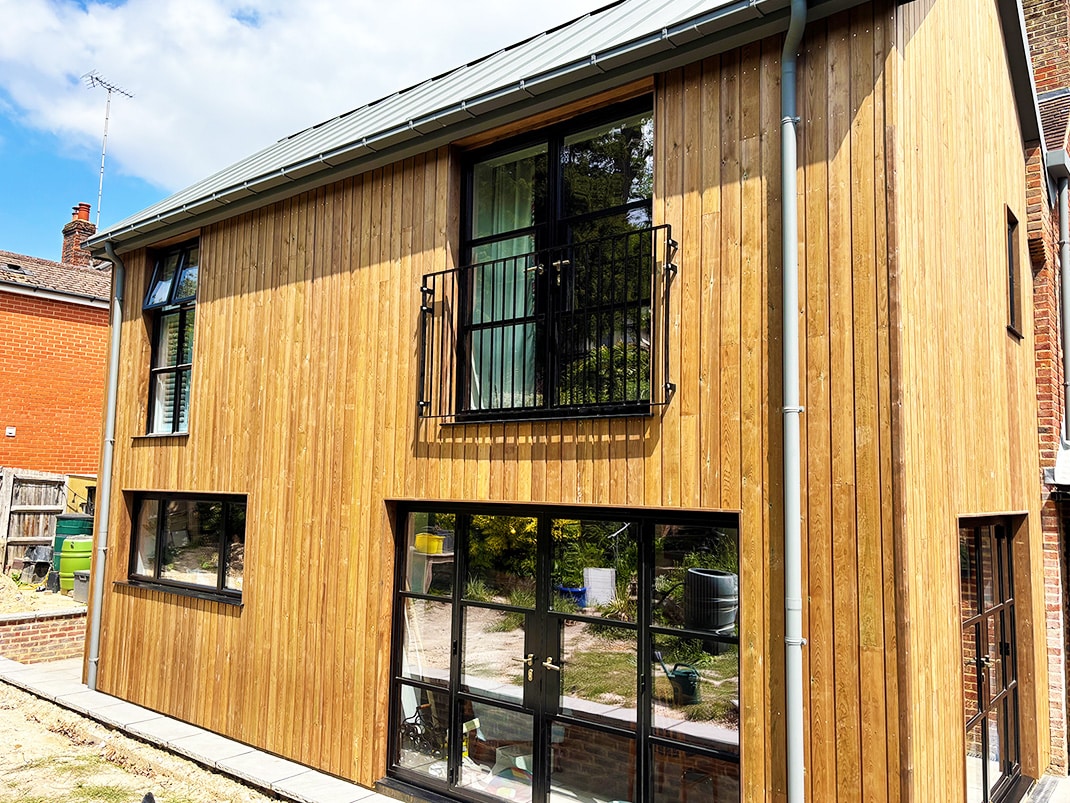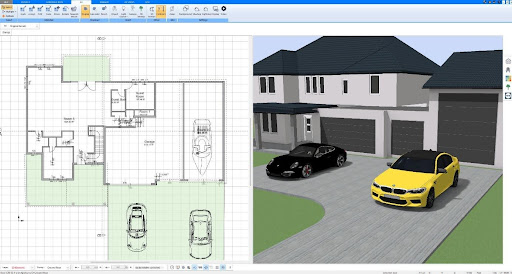When you’re planning a building project, one of the most crucial decisions you’ll face is choosing between steel and wooden framing. It’s not just about picking materials – you’re essentially deciding the backbone of your structure.
Both options have passionate advocates, and honestly, both have compelling reasons backing them up. Let’s dive into what makes each option tick and help you figure out which might work best for your specific situation.
Table of Contents
The Basics: What You’re Working With
Steel framing uses structural steel components like I-beams, columns, and metal studs to create your building’s skeleton. Think of it as the industrial cousin of traditional construction. For wood framing, on the other hand, construction companies in austin texas rely on dimensional lumber – those familiar 2x4s, 2x6s, and engineered wood products that have been the go-to choice for residential construction for decades.
You’ve probably walked through countless wood-framed buildings without giving it a second thought. That’s because wood framing dominates the residential market, especially for single-family homes. Steel framing is more common in commercial buildings, but it’s making inroads into residential construction too.
Cost Considerations: Your Budget Reality Check
Let’s talk money first because, let’s face it, your budget often makes the final call. Wood framing typically costs less upfront. The materials are generally cheaper, and you’ll find more contractors familiar with wood construction techniques. This means lower labor costs and faster construction times.
Steel framing requires a bigger initial investment. The materials cost more, and you’ll need contractors with specialized skills. However – and this is important – steel can save you money in the long run. We’re talking about reduced maintenance, lower insurance premiums in some cases, and potentially longer building life.
Here’s something interesting: if you’re building in an area prone to natural disasters, steel’s upfront cost might be offset by insurance savings. Some insurers offer discounts for steel-framed buildings because they’re more resistant to certain types of damage.
Strength and Durability: Built to Last
Steel wins the strength competition hands down. It doesn’t warp, twist, or shrink like wood can. Your walls stay straight, your doors don’t stick, and you won’t deal with nail pops in your drywall years down the road. Steel also handles heavy loads better, which means you can create larger open spaces without intermediate support columns.
Wood, while strong enough for most residential applications, does have its quirks. It moves with humidity changes. It can develop cracks or splits over time. But here’s the thing – wood has been successfully supporting buildings for centuries, and when properly treated and maintained, it can last just as long as steel in many applications.
Steel’s consistency is its superpower. Every piece meets exact specifications, so you don’t have to worry about warped boards or knots weakening your structure. This consistency also makes steel framing more predictable during construction.
Environmental Impact: The Green Factor
This is where things get interesting, and your values might heavily influence your decision. Wood is a renewable resource, especially when it comes from sustainably managed forests. Trees absorb carbon dioxide as they grow, so wood framing actually stores carbon that would otherwise be in the atmosphere.
Steel production, however, is an energy-intensive process that generates significant carbon emissions. But here’s the plot twist: steel is almost infinitely recyclable. The steel in your building today might have been a car, a bridge, or another building in its previous life. About 90% of structural steel gets recycled at the end of a building’s life.
If you’re thinking of long-term environmental impact, both materials have their merits. Wood wins on renewability and carbon storage, while steel wins on recyclability and longevity.
Fire Resistance: Safety First
Steel doesn’t burn, which sounds like a clear advantage. But plot twist again – steel loses strength rapidly when exposed to high temperatures. In a fire, steel can actually fail faster than properly treated wood because it conducts heat so efficiently.
Wood, while combustible, chars in a predictable way that actually provides some protection to the inner structure. Large timber members can maintain their structural integrity longer than you might expect in a fire. However, steel framing is typically protected with fire-resistant coatings or coverings that address this concern.
Both materials can meet building fire codes when properly designed and protected. Your local building codes will dictate specific requirements regardless of which material you choose.
Construction Speed and Labor
Wood framing generally wins the speed contest. Most contractors know wood construction inside and out, and the tools required are standard on most job sites. You can frame a house relatively quickly with a skilled crew.
Steel framing requires more precision and specialized tools. You’ll need skilled welders or workers familiar with steel connection methods. This can slow down construction, especially if you’re in an area where steel framing expertise is limited.
However, steel’s precision can actually speed up some phases of construction. Everything fits together exactly as planned, with no surprises from warped lumber or size variations.
Maintenance and Longevity
Steel framing requires minimal maintenance once it’s properly protected from corrosion. You won’t deal with rot, insect damage, or warping. In the right environment, steel framing can last 50-100 years or more with minimal intervention.
Wood requires more ongoing attention. You’ll need to watch for moisture issues, pest problems, and general wear. However, wood is also easier to repair or modify if needed. A skilled carpenter can fix or modify wood framing relatively easily, while steel modifications typically require specialized equipment and expertise.
Making Your Decision
Your choice between steel and wood framing depends on your specific situation. Consider your budget, both upfront and long-term. Think about your local climate and natural disaster risks. Consider the availability of skilled contractors in your area and your timeline for construction.
If you’re building a simple residential structure in a moderate climate with a tight budget, wood framing probably makes the most sense. If you’re planning a large commercial building, dealing with challenging environmental conditions, or prioritizing long-term durability over upfront costs, steel might be your better bet.
Remember, there’s no universally “right” choice – only the right choice for your specific project and circumstances.





